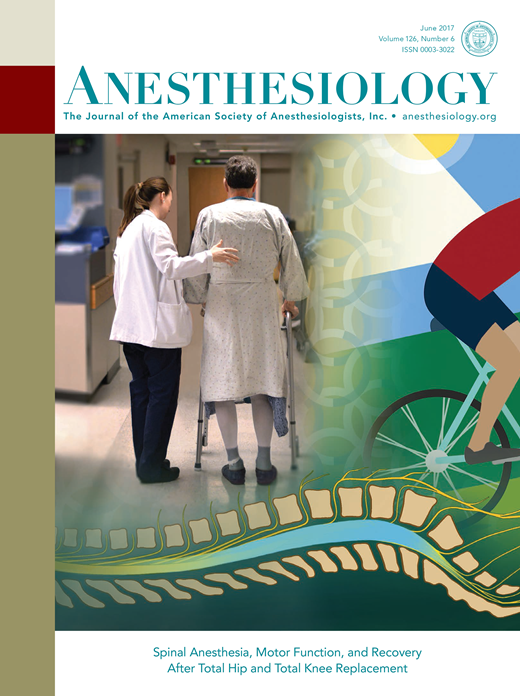- Joined
- Jul 19, 2008
- Messages
- 280
- Reaction score
- 1
Recently I've been doing more axillary arterial lines in the ICU. They are much easier to place than radials, have more collateral circulation than brachials, and last way longer than either so it means torturing your patients less.
However, one thing that still bugs me about them is that I feel that there is no guaranteed way to avoid the brachial plexus. You can often see the nerve bundles around the artery with ultrasound, but not always that well. And, sometimes, the only way to get to the artery is to go very close to them.
Does anyone have any advice on how to avoid spearing the brachial plexus?
However, one thing that still bugs me about them is that I feel that there is no guaranteed way to avoid the brachial plexus. You can often see the nerve bundles around the artery with ultrasound, but not always that well. And, sometimes, the only way to get to the artery is to go very close to them.
Does anyone have any advice on how to avoid spearing the brachial plexus?

